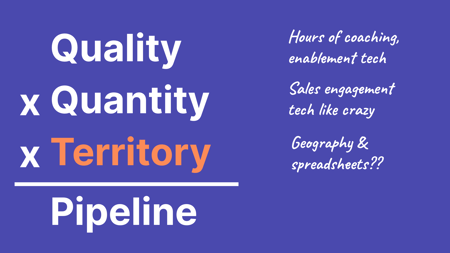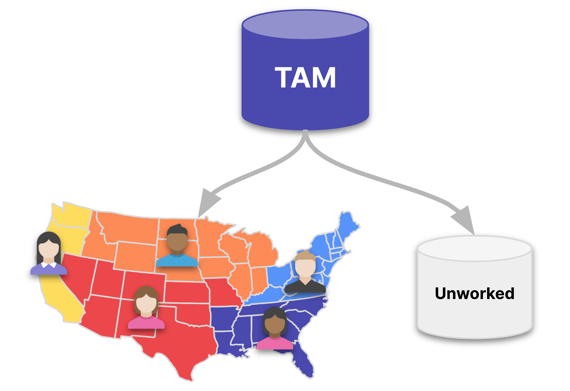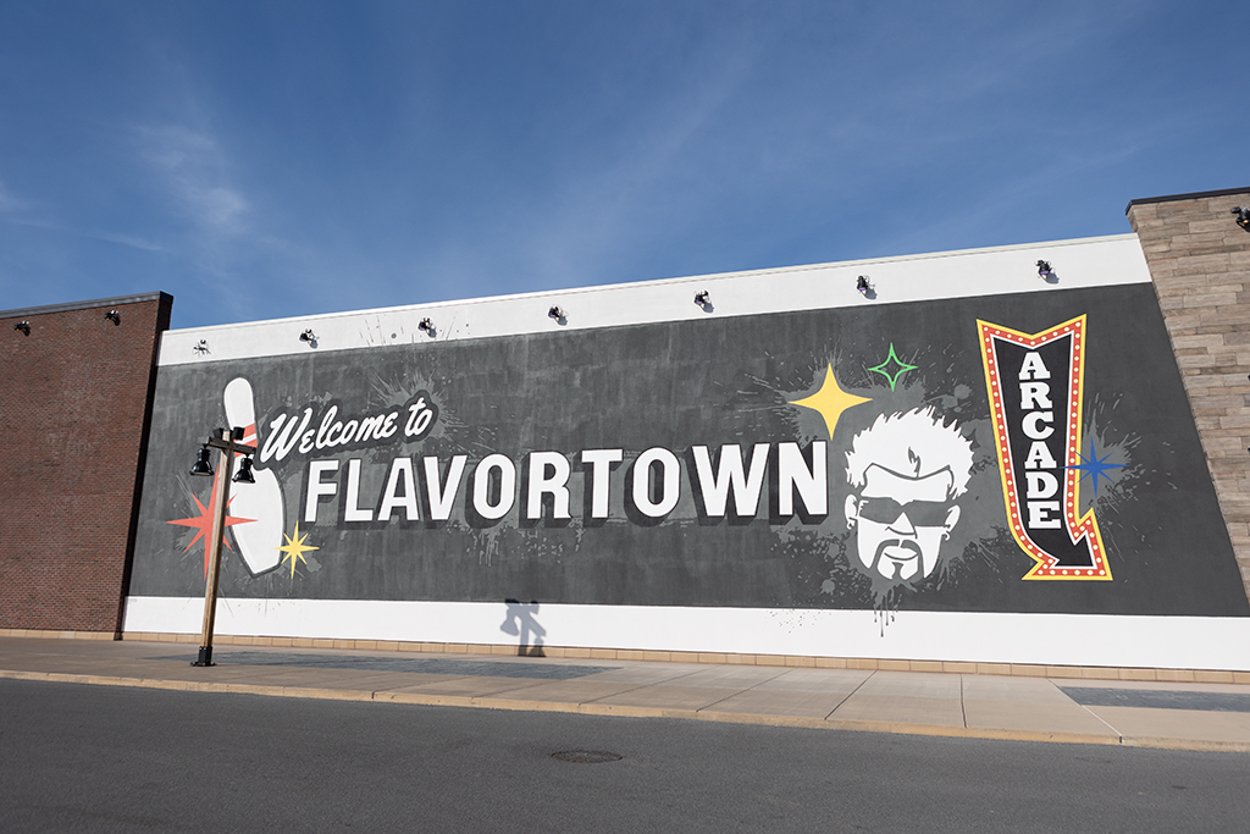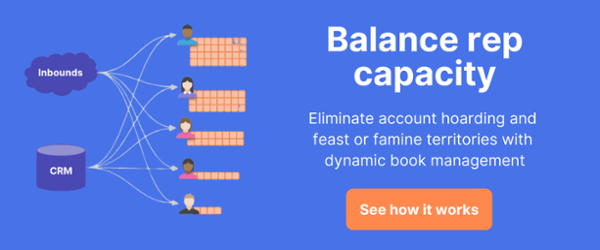Sales territories have been around for 100 years (literally). But recently, conversations around territories have shifted to figuring out what the future of designing sales territory looks like. Why is it changing? Well, we know the pandemic accelerated a trend that was already underway. (Did covid kill the traditional territory model?)
Territory planning - the annual exercise of "carving up" territories - usually begins in Q3 and Q4 as companies get ready to start the new year. And of course, territories aren't just a financial exercise; the rep experience matters. A good sales territory design needs to keep things fair. How does your territory design affect your business goals?
We recently held a webinar with a few sales and ops leaders to talk about how they think about modern sales territory design. Here are 5 takeaways from that webinar.
The goal of territory design is to make the most of the investment you've already made in your sales team
Territory design should ensure that every rep has an equal shot at success. Sales leaders spend hours coaching reps every month and thousands of dollars per rep on sales engagement and enablement tools. It's a huge investment in ensuring rep success.
But if you don't also invest in territory design, you're wasting those enablement and technology investments. Why do so many territory models depend on giant spreadsheets? The goal of sales territory design should focus on the rep - making sure they have the right accounts to work, covering all of your TAM, and ultimately driving revenue.

Welcome to territory flavortown (there are lots of territory flavors)
Territories tend to come in both static and dynamic flavors. There are many sales territory design examples, but static territories are the historical norm - most companies (used to) divvy up their territories once a year based on geography, vertical, etc... Geographic territory carving works well for certain industries and team structures, like if your customers have different needs or requirements in different areas. Vertical or segment-based territories rarely work well. Depending on the product and vertical, you’re likely to have feast or famine times. For example, during the pandemic the world saw a massive chip shortage, and reps selling into that industry vertical struggled to fill quota. More recently, the technology industry has seen massive layoffs and budget changes, undercutting that vertical. Unbalanced territories, whether they're based on vertical or geography, also carry a risk of over- or under-working prospects.

In contrast, dynamic territory design ensures a more flexible account ownership model, based on prospect lifecycle. Instead of assigning reps to a fixed set of accounts, you assign accounts to reps based on fit and timing signals. Our webinar speakers all agree that dynamic models work best for almost all sales teams. Building flexible books of accounts ensures each rep has an equal opportunity for quota attainment. Additionally, no prospect is left behind with a more agile distribution. Reps leaving no longer entire sections of territories unworked. Overall, you maximize TAM coverage.
Account scoring matters for dynamic models
A dynamic territory management plan incorporates the same data you'd use in a static model but allows you to prioritize accounts to ensure they are in front of the right rep at the right time.
Account scoring is important to a dynamic model. There are multiple types of account scoring, including:
- Fit and timing signals (read more about fit and timing)
- Expansion potential (read more about product-led growth)
- Potential future value, based on cross-selling and upselling
- Account health, based on signals of product usage
- ABM engagement data, intent data and signals
This is certainly not an exhaustive list of all the possible account scoring models (sounds like this needs to be its own post!). Do the best you can with the data you've got and be prepared to evolve the scores over time. Make sure your reps understand the scores and systematically incorporate their feedback as you optimize.
Many sales leaders prefer a "use it or lose it" design
One major trend in modern territory design is a "use it or lose it" model. Sales teams at high-growth companies are increasingly building processes to reassign accounts if they're not being worked. There are a few reasons accounts might not be worked:
While a "use it or lose it" approach can feel like a punishment for reps (a stick instead of a carrot), it's generally not a negative reinforcement. When combined with increasingly useful intent data so you can effectively time outreach, you get a more balanced book that allows a rep to focus on the right accounts when they're ready. Balancing a rep's target book dynamically allows the rep to not be bogged down in resting accounts. When resting accounts are moved back to the pool and replaced with accounts that are in-market based on your data, reps are constantly fed a stream of new, high-potential accounts. The resting accounts can be added to marketing nurture campaigns. Read more about resting and refreshing accounts here.
Territories are closely tied to compensation. If you're giving everyone a fair shot, compensation follows. No matter what you do, make sure you're transparent. Makes sure your sales reps have as many at-bats as possible.
The future of sales territories is data-driven and agile
Increasing visibility is a key component of the future of territory design. Implementing a use-it-or-lose-it system requires RevOps to see accounts across the CRM and redistribute them automatically for better coverage. You need accessible reporting and clean(ish) CRM data. The future of sales territory design heavily leverages data. Automating intent data to place accounts in rep books and retrieve accounts to rest keeps accounts fresh, reps happy, and ensures better TAM coverage. The future of territory design is also agile. More and more companies have moved away from field sales and expect to stay in a remote sales environment.
Learn how to move away from a static sales territory design and to a dynamic book building strategy with Gradient Works.
For more on all these modern territory design topics, you can watch our webinar on demand any time. Watch the webinar here!





